The Minimal Grain Trend and Why We Aren't Fans
One of the most challenging requests we work with on a daily basis is the desire for wood coupled with the desire for very little visible grain.
Challenge #1: Minimal grain is wasteful and not sustainable
There are not necessarily woods that have minimal grain, but parts of the tree that have less grain. This means that in order to achieve this minimal grain look, we need to cut the tree in a certain manner. My loose drawings below illustrate a cross-view and the method for plain-sawn (straight-cut) vs. rift-cut, which is what people are typically looking for with minimal grain. The red illustrates the waste created when minimal grain is the goal:
Live-sawn uses the majority of the wood, leaving very little in the way of scraps.
Photo by Eva Elijas from Pexels with drawing overlay
Plain-sawn uses every piece and is by far the most efficient cutting method
The rift-sawn approach produces that minimal grain that is highly desired. This means a higher expense and a LOT of waste.
Photo courtesy of CountryPlank.com
The effects of each cut can be seen to the left. As we can see the plain and live-sawn approaches show the maximum amount of grain, whereas the rift-sawn and quarter-sawn (a very similar cut to rift, but with a bit less waste) show minimal grain.
Challenge #2: Wood Has Grain
We know this sounds entirely obvious. Of course, wood has grain, we all know this—additionally, we realize that sometimes we want the warmth of the wood without the motion and business of the grain. But, wood is wood, and fighting its natural characteristics doesn’t seem fair, does it? Rather than avoid the business of the wood grain, consider avoiding business in the surrounding elements and allow the wood to display its natural and beautiful self! In all, it’s quite lovely, isn’t it?
If you’re looking to create a space that realizes the full potential and beauty of wood, contact us.
Plain-sawn White Oak (stained)
Plain-sawn alder
Learn more about the wood choices for your home by reading our article about Pacific Northwest Sustainable Wood choices. And, always feel free to post your questions, comments, and feedback below!

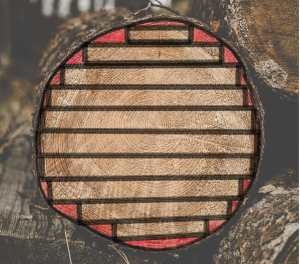
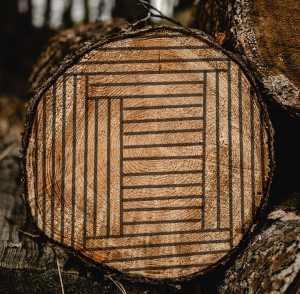
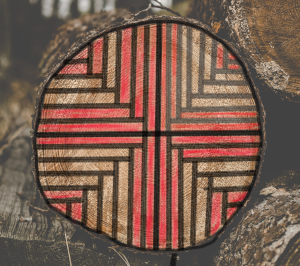
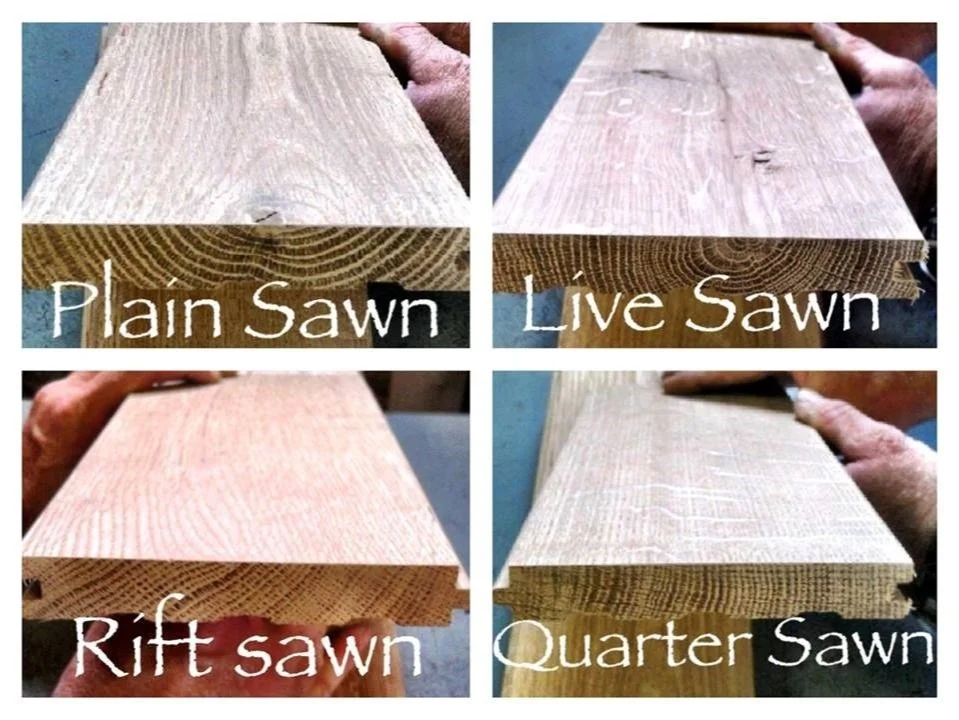
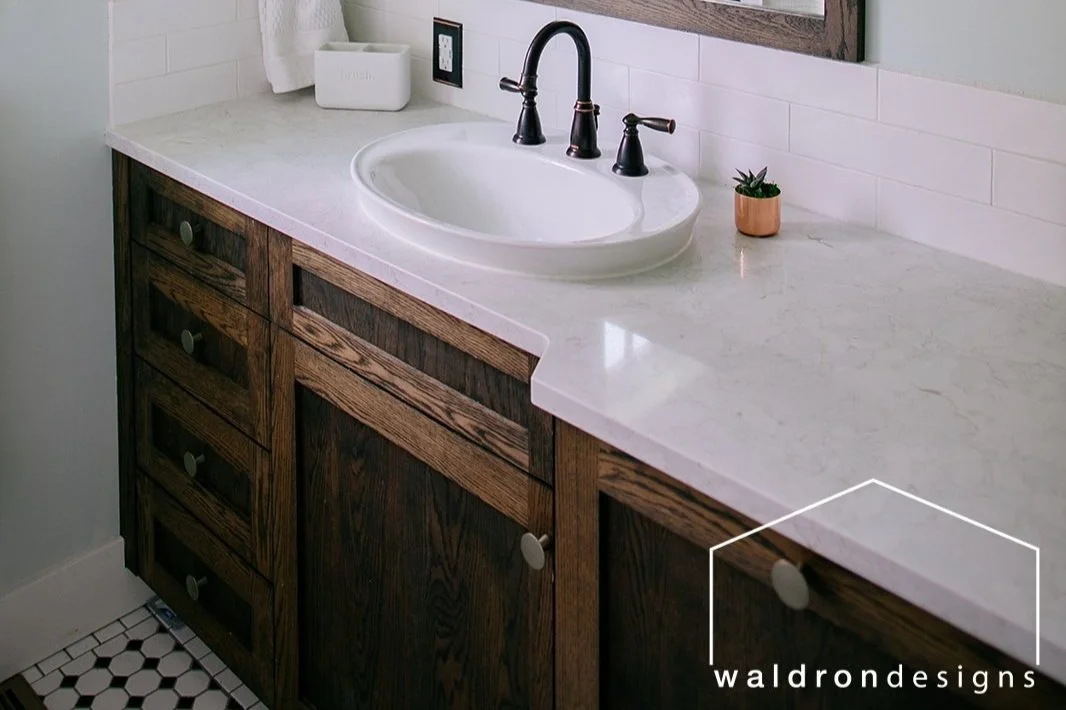

Waldron Designs, LLC is passionate about designing spaces rooted in their context and responsive to the natural environment. Are you ready to create sustainable permanence with your home?
GET IN TOUCH!